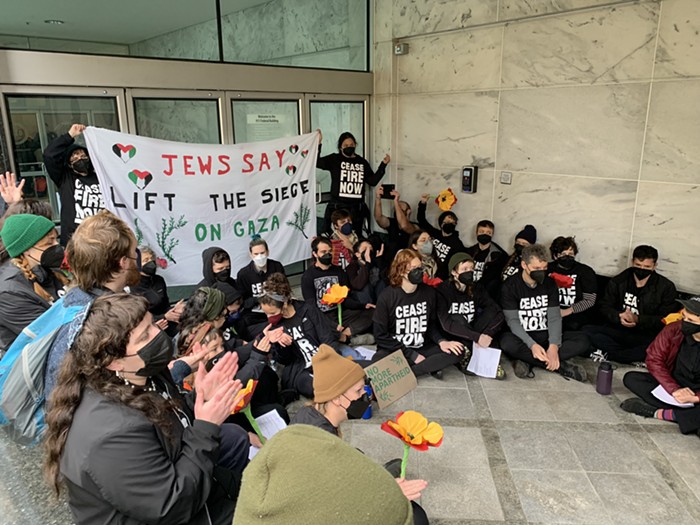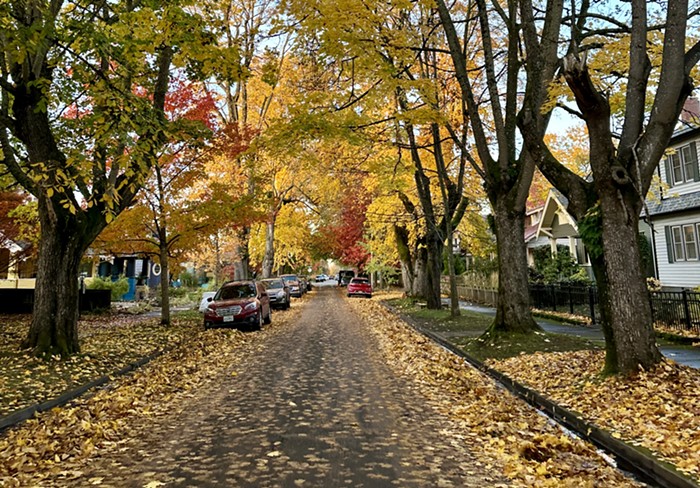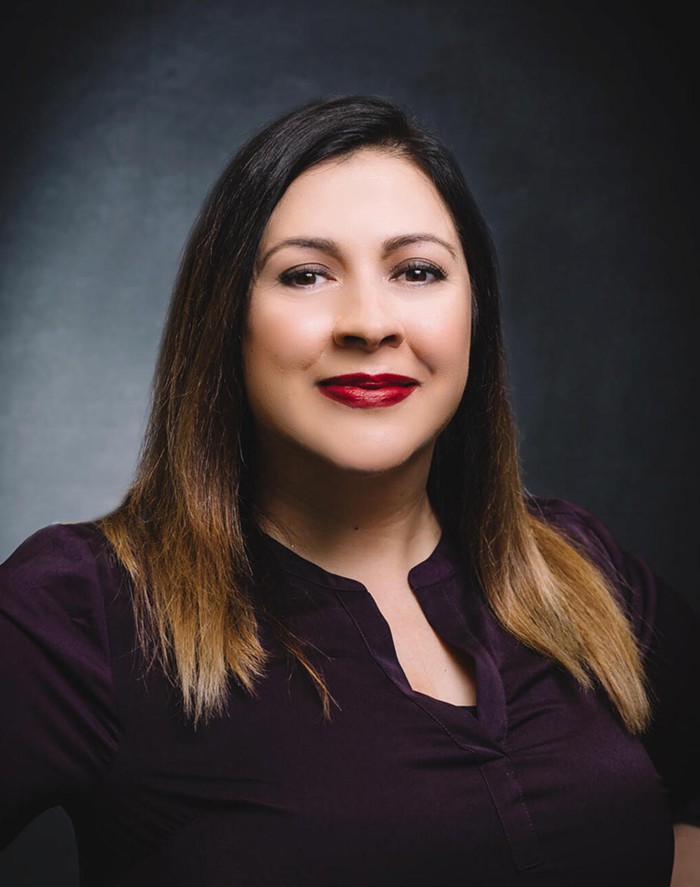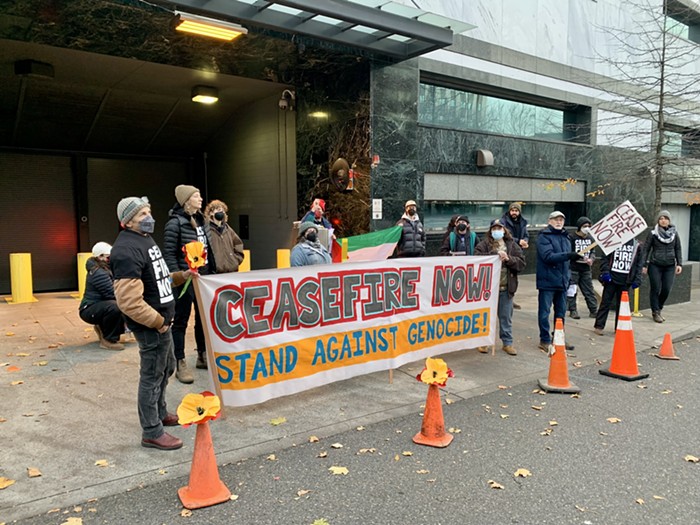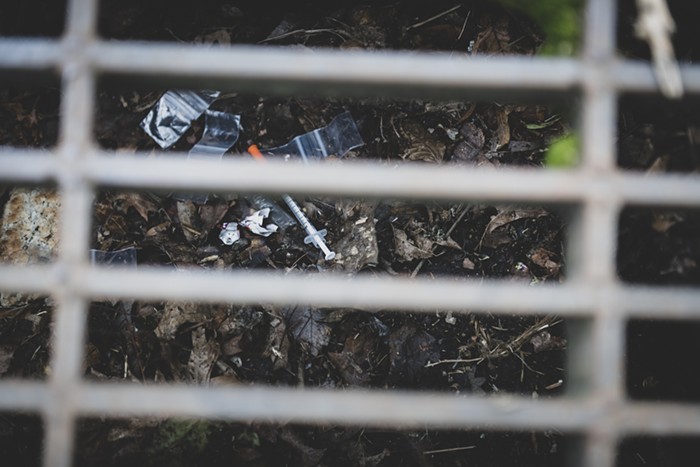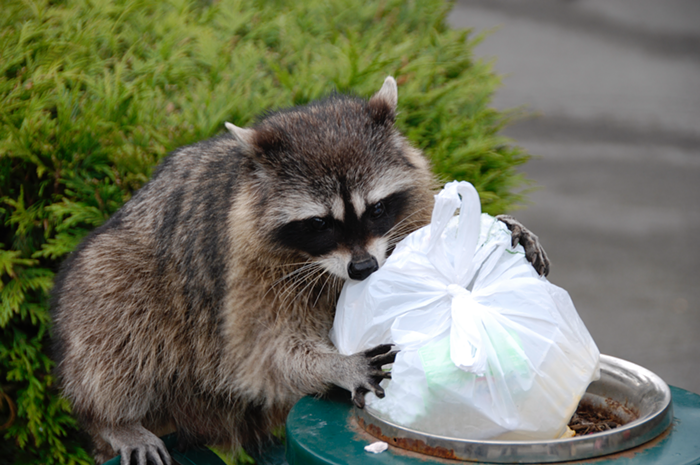It’s now considered even more unsafe to consume fish caught from the Willamette River. While the Oregon Health Authority (OHA) has warned against eating Willamette River fish since 2004, it only just expanded its no-fish-eating zone to span the distance between the Sellwood Bridge and the river’s northern confluence with the Columbia River. This isn’t because of a recent change in the river, however, it’s because OHA recently tested the fish in that area—meaning people have probably been eating toxic fish for over a decade.
According to the OHA, that’s because the riverbed of the Willamette has a high concentration of polychlorinated biphenyls, or PCBs, the extremely toxic man-made chemicals used in insulation, flame retardant, and pesticides. Due to human health hazards, the manufacture of PCBs was banned in 1979.
Willamette Riverkeeper Director Travis Williams says PCBs could have entered the river through a variety of sources—everything from a dismantled World War II ship to runoff from paper manufacturing. “They like to bind to sediment and other molecules,” Williams says, meaning they usually end up sitting in the mud at the bottom of the river.
This is bad news for people who dine on Willamette River fish. OHA spokesperson Jonathan Modie says that an unknown number of people “definitely” fish near the Steel Bridge.
Fish that live in the Willamette River consume PCBs, which stay in their systems until they die. People who consume the fish take in those PCBs, which bind to fat and can cause problems.
David Farrer, a public health toxicologist with OHA, says PCBs can cause development issues in infants when mothers eat the fish, passing it on to infants through the placenta or in milk. PCBs can also damage the liver, increase the risk of cancer, and suppress the immune and endocrine systems.
“It’s messed up, and we’ve known that for a few decades now,” says Farrer.
Women of childbearing age are advised not to eat Willamette River fish. Species under the no consumption advisory include bass, carp, and brown bullhead. Species lower on the food chain, like black crappie and crayfish, are a little less dangerous—and allowed to be eaten by everyone but women of childbearing age up to two meals a month.
The Environmental Protection Agency (EPA) designated this 10-mile stretch of the Willamette between Sauvie Island and just past the Fremont Bridge a superfund site back in 2000, meaning polluters are required to fund riverbed clean-up so that costs don’t fall on the taxpayers. Responsible parties like Shell Oil Company, ExxonMobile, Portland General Electric, and dozens more were found allowing pesticides, heavy metals, PCBs, and other toxic runoff to pollute the river.
Early stages of the cleanup are expected to begin in 2019 and will involve removing toxic silt in heavily polluted areas and covering other patches with clean silt. Once that cleanup begins, OHA says all fish will be off-limits for consumption, until testing indicates otherwise. So why did it take 19 years to clean the river?
“We’ve been doing a lot of negotiations with the responsible parties, and there are a lot of responsible parties,” says EPA spokesperson Suzanne Skadowski. According to Williams, “Some of the companies contested pretty much every move the EPA made.”

